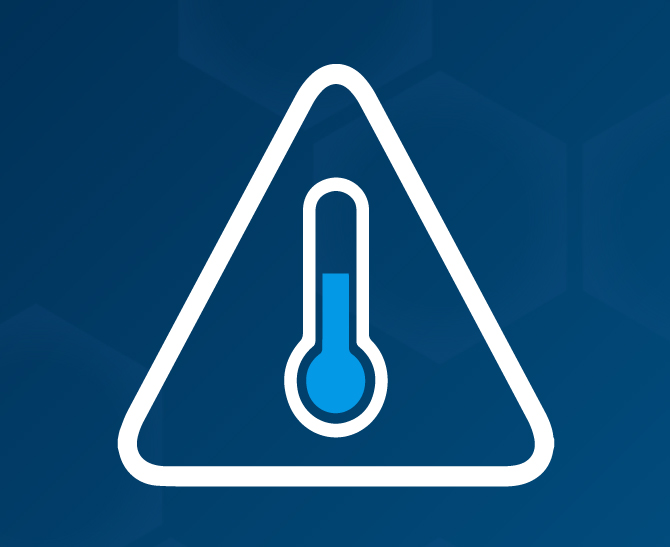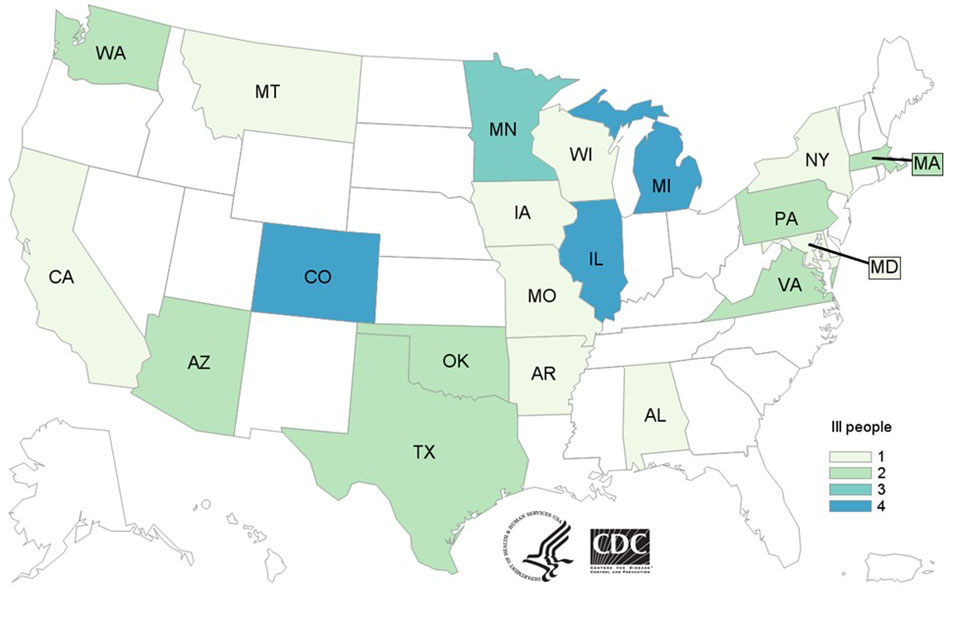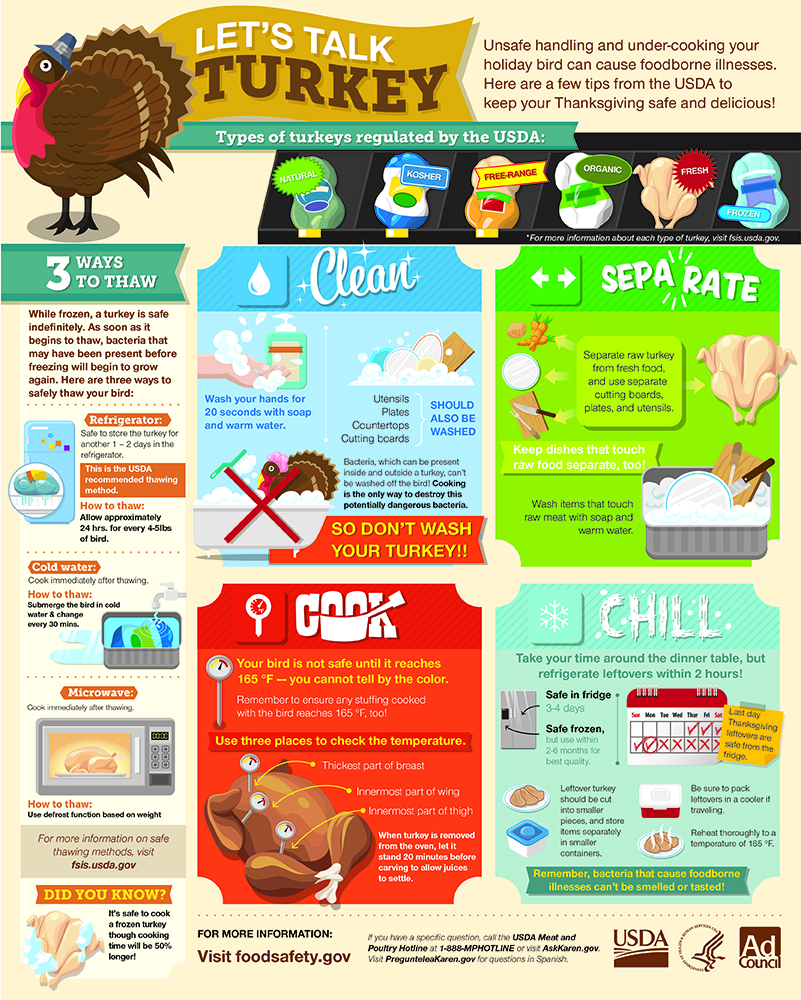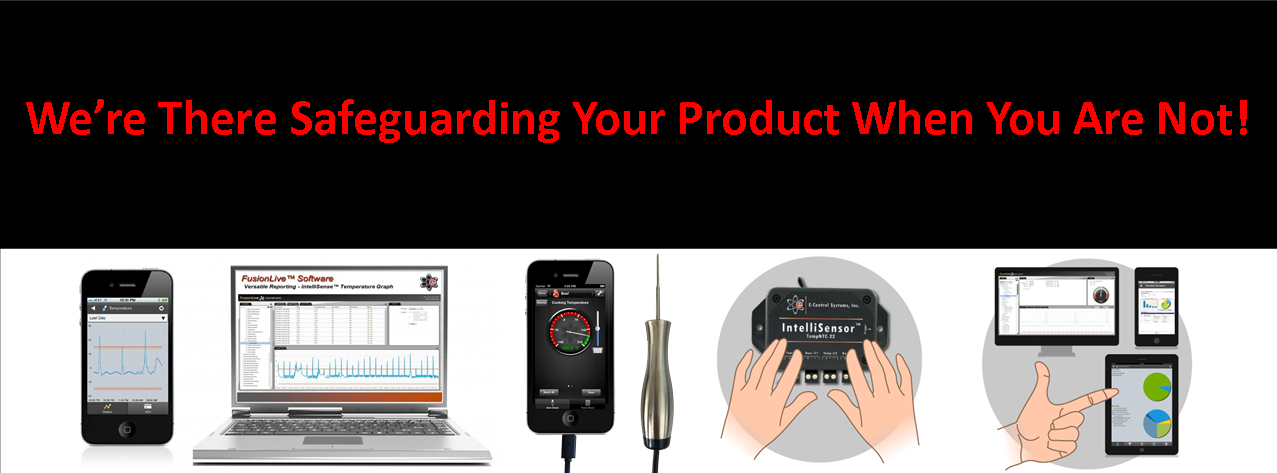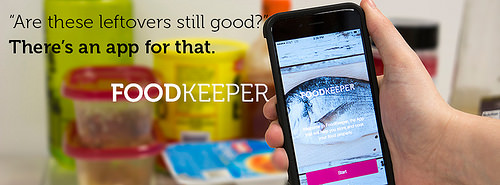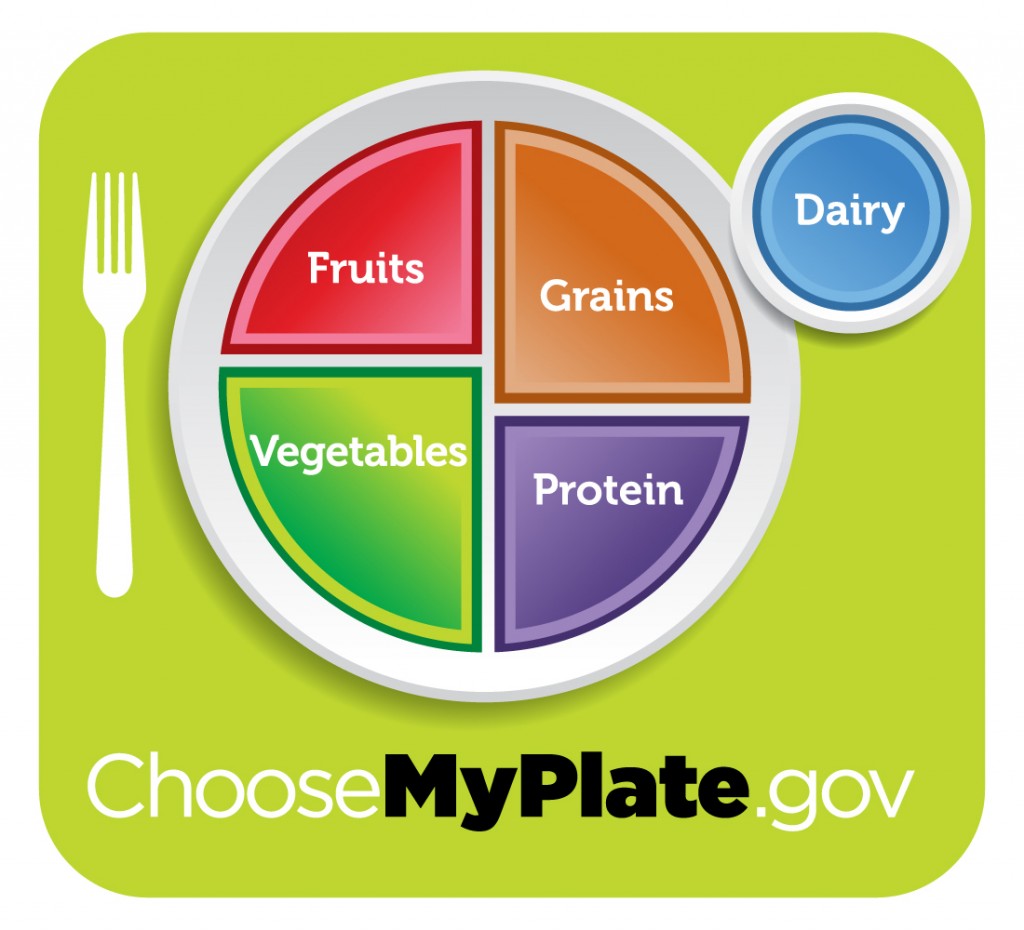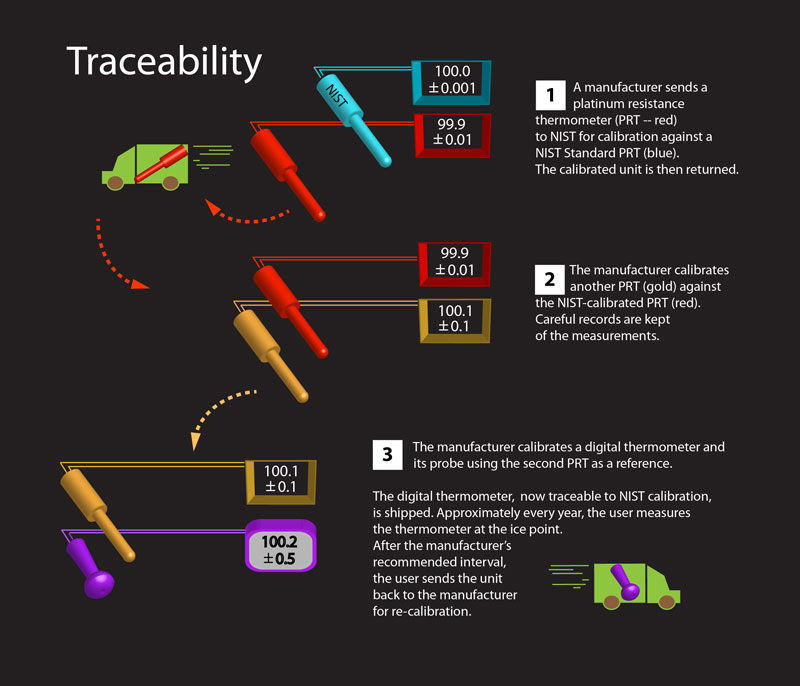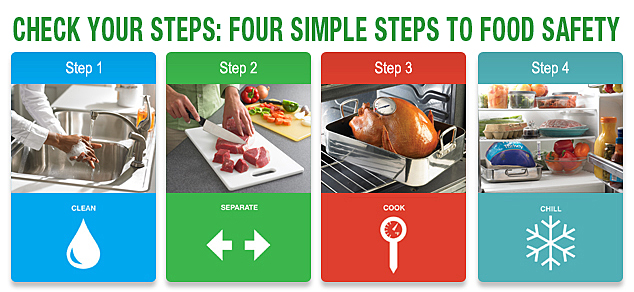Restaurant Food Storage Guidelines for Commercial Kitchens
If you’re a restaurant owner, you shouldn’t think of it as a chore to make the health inspector happy. Safety is a priority when handling and storing food. Proper food storage and safe handling will prevent your guests from getting sick. Whether you’re new to the hospitality industry or a veteran with multiple concepts, these tips can improve your restaurant’s operations and keep your guests safe.
Proper Commercial Food Storage Temperatures and Requirements
FIFO!
Always remember FIFO. First In First Out. This rule means that items in storage should be used in the order they were put in. When you receive a delivery, new stock should be placed behind existing stock. This practice isn’t always the easiest to do, but make doing so an innate practice. FIFO reduces waste because you should have less food run past its expiration date. Use the stock at the front to always make use of the oldest products first.
As well as proper rotation, train your employees to track the expiration dates of goods in storage. Also teach and stress the importance of using goods before their best by date for optimal safety and quality.
Keep Storage Dark and Dry
Dark storage maximizes the storage time of perishables. Whether it’s goods in dry storage or products in a cool storage such as a refrigerator or freezer, ideal conditions are always out of direct light. Especially sunlight. Proper lighting and lighting control ensures stable temperatures and ensures quality.
Storage of all types should remain dry. Humidity levels should be maintained at 15% or lower to help preserve quality. Moisture-proof packaging will help protect products from humidity, and air conditioning can maintain the air at the appropriate levels.
Proper Storage Temperatures are Essential
Depending on what is being stored, temperatures in restaurant storage may range from below 0° F to 140° F. Dry storage temperatures should be maintained between 50° F and 70° F. Freezers must keep food frozen solid with a temperature of 0° F at greatest. Refrigeration units should be kept between 32° F and 40° F to prevent growth of bacteria. Hot food storage should be kept at a minimum of 140° F.
These temperature ranges are critical to prevent food borne illness. Food temperature monitoring should not only be done constantly, but any food that leaves these ranges should always be discarded immediately.
A remote temperature monitoring system is an important part of ensuring that proper temperatures and humidity are maintained.
Storage Based on Cooking Temperature
The temperature you cook foods should actually determine which shelf you store them on in the refrigerator. Foods that are cooked at lower temperatures should be stored on a higher shelf. Foods that are ready to eat, eaten raw, or already cooked should stay on the top shelf, and be wrapped tightly to prevent cross-contamination.
Always Label and Check Foods in Storage
While you should always label any unopened foods brought into storage, it’s even more important to label already opened foods. Use all foods before their after-open expiration. Most foods have a different expiration time once opened, compared to a much longer expiration if left unopened. When in doubt, always throw the food out. It’s better to be safe than sorry when it comes to your guests health.
Prevent Cross Contamination
Prevent contamination of fresh foods by raw foods through good hygiene practices. All employees should thoroughly wash their hands with soap and water at least 110° F for at least 30 seconds when possible. Gloves should also be worn at all times to protect food from contaminants.
Never us the same cutting board for raw meats as you do for ready-to-eat foods. Always use a cooking thermometer to cook food to its proper internal temperature, depending on what type of food it is. Lastly, always reheat previously cooked dishes to an internal temperature of 165° F to inhibit bacteria growth.
When storing foods, place them in airtight containers, and always correctly label containers to help with preventing the mixing up of ingredients and foods.
Proper Food Storage FAQ's
How Should Food Be Stored in a Commercial Kitchen?
Well-structured storage systems maintain food safety, quality, and streamline kitchen workflow. Using proper storage practices reduces spoilage, waste, and helps manage inventory while maintaining proper hygiene standards. Keeping food at safe temperatures is imperative to comply with food safety regulations.
What Are the Requirements for Dry Storage in Restaurants?
Maintaining cleanliness and preventing contamination of dry storage in restaurants is important to ensure food safety. Elevate shelving systems or pallets at least six inches off the floor, and label and date foods to track their expiration date. Keeping food in a well-ventilated, clean, dry area at a properly monitored temperature will prevent spoilage and humidity from affecting it.. Rotating stock with FIFO (first-in, first-out) practices can reduce waste. Routinely inspecting the area for pests ensures it meets industry regulations and keeps it sanitary.
What Are the Three Types of Food Storage in a Commercial Kitchen?
Commercial kitchens use three types of food storage, including dry storage, cold storage, and frozen storage, to ensure their ingredients stay safe and fresh. Pasta, flour, rice, and spices need a moisture-free dry-storage space. Cold storage helps preserve meat, dairy, and vegetables by using safe temperatures to reduce bacterial growth. For long-term preservation, frozen storage safely keeps meats, seafood, and frozen meals protected. These are the ways commercial kitchens control the quality of their food and efficiently manage their food inventory.
What Is the Golden Rule in Storing Foods?
The golden rule in food storage is focused on properly storing food to maximize safety, efficiency, and longevity. Food should be correctly labeled in sealed containers using a highly organized system to prevent it from being cross-contaminated and spoiling. To avoid bacterial growth, cold foods need to be stored at or below 40°F, and frozen foods need the temperature to be 0°F. Keep raw foods separate from cooked foods. Consistently check food expiration dates so it's safe to consume.
What Is the 2-Hour 4-Hour Rule for Food Safety?
The 2-hour 4-hour rule applies to perishable food and minimizes bacteria growth at unsafe temperatures when not refrigerated. According to the rule, food can be safely stored or eaten if it has been left out for less than 2 hours. Food left out between 2 and 4 hours can be consumed, but should not be refrigerated again. Foods are in the danger zone if left out for more than 4 hours, posing a risk of foodborne illness.
What Order Is Meat Stored In?
Cooked meats and prepared foods should always be stored above raw meat due to the risk of contamination. Raw poultry should be stored on the bottom shelf of a refrigerator or cold storage unit because it has the highest potential for spreading bacteria. Always store ground meat above uncooked chicken, and below whole cuts of meat and seafood. This recommended storage order prevents raw meats with leaking juices from contaminating other foods.
What Food Should Be Stored on the Top Shelf in a Commercial Refrigerator?
A commercial refrigerator’s top shelf should be used for fully cooked meals and foods like deli meats, cheese, yogurt, desserts, and beverages. Storing these on the top shelf limits the possibility of contamination from raw ingredients. Properly organizing the refrigerator ensures food stays safe, keeping high-risk foods away from others that are already prepared.
Related Topics



















